北京,这座古老的城市,不仅是中国的首都,也是一座拥有丰富历史和文化遗产的城市,每一砖一瓦都承载着千年的故事,每一处名胜古迹都是历史的见证,本文将带你走进北京的著名景点,用英语短文的形式,一探这些名胜古迹的神秘面纱。
北京,作为中国的心脏,不仅是政治、经济和文化的中心,也是世界著名的旅游目的地,这座城市拥有众多的名胜古迹,它们不仅是历史的见证,也是文化的传承,让我们一同走进北京,探索这些令人叹为观止的景点。
The Forbidden City: 紫禁城
The Forbidden City, also known as the Imperial Palace, is a must-visit site in Beijing. It was the Chinese imperial palace from the Ming Dynasty to the end of the Qing Dynasty. This vast complex covers an area of 720,000 square meters and consists of 960 surviving buildings. The palace is a masterpiece of ancient Chinese architecture and a symbol of the Chinese feudal system. It is now known as the Palace Museum and is open to the public, offering a glimpse into the lives of ancient emperors and their courts.
The Great Wall: 长城
Stretching over 13,000 miles, the Great Wall of China is one of the most remarkable feats of human engineering. It was built to protect China from invasions by northern nomadic tribes. The most famous section, Badaling, is located near Beijing and is easily accessible to tourists. The Great Wall is not only a military defense system but also a symbol of China's strength and perseverance. It has been recognized as a UNESCO World Heritage site and is often referred to as one of the New Seven Wonders of the World.
Th澳门最准四不像e Temple of Heaven: 天坛
The Temple of Heaven is a complex of religious buildings located in the southeastern part of central Beijing. It was where the emperors of the Ming and Qing dynasties worshipped heaven and prayed for good harvests. The architecture of the Temple of Heaven is exquisite, with the Hall of Prayer for Good Harvests being the most iconic structure. The park surrounding the temple is a popular spot for locals to practice tai chi, dance, and sing, making it a vibrant cultural hub.
Summer Palace: 颐和园
The Summer Palace is a vast ensemble of lakes, gardens, and palaces in Beijing. It was an imperial garden for the Qing emperors and served as a summer retreat. The garden is renowned for its extensive Kunming Lake and the Longevity Hill, which provides a backdrop for the palaces and temples. The Summer Palace is a masterpiece of Chinese landscape garden design and is also a UNESCO World Heritage site.
The Ming Tombs: 明十三陵
The Ming Tombs are a collection of mausoleums built by the emperors of the Ming Dynasty. Located in the northern part of Beijing, the tombs are surrounded by mountains and forests, creating a serene and majestic atmosphere. The most famous tomb is the Changling, which is the burial site of the third Ming emperor, Zhu Di, and his empress. The Ming Tombs are a significant historical site that offers insights into the burial customs and architectural styles of the Ming period.
Beijing Hutongs: 胡同
Beijing's Hutongs are narrow alleys formed by lines of siheyuan, traditional courtyard residences. They are an integral part of the city's history and culture. Wandering through the hutongs, one can experience the authentic lifestyle of Beijing residents, with local shops, restaurants, and traditional architecture. The hutongs are a living museum that showcases the evolution of Beijing from imperial times to the modern city it is today.
The Lama Temple: 雍和宫
The Lama Temple, officially known as Yonghegong, is a Tibetan Buddhist temple located in the northeastern part of Beijing's urban area. It was originally built as a residence for Emperor Yongzheng before being converted into a lamasery. The temple is known for its rich collection of Buddhist art and its impressive architecture, which blends Han Chinese and Tibetan styles. It is one of the most important Tibetan Buddhist centers outside of Tibet.
The Bell and Drum Towers: 钟鼓楼
The Bell and Drum Towers are two iconic structures located at the northern end of the central axis of old Beijing. The Bell Tower houses a large bronze bell that was used to mark the time, while the Drum Tower contains a collection of drums. These towers were once used to coordinate the daily life of the city, with the bell signaling the time and the drums marking the quarters of an hour. Today, they stand as a testament to Beijing's rich history and are popular tourist attractions.
The National Museum of China: 中国国家博物馆
The National Museum of China is the largest museum in the world in terms of volume. It houses a vast collection of artifacts and artworks that span over 5,000 years of Chinese history. The museum's exhibitions cover a wide range of topics, from ancient Chinese bronzes and ceramics to modern art and revolutionary history. It is a must-visit for anyone interested in understanding the depth and breadth of Chinese culture and history.
The Bird's Nest and Water Cube: 鸟巢和水立方
The Bird's Nest, officially known as the Beijing National Stadium, and the Water Cube, or the Beijing National Aquatics Center, are two of the most recognizable structures from the 2008 Beijing Olympics. The Bird's Nest's unique steel lattice design and the Water Cube's泡泡状 appearance have made them architectural landmarks in Beijing. They continue to serve as venues for sports events and cultural activities, and are popular spots for tourists to take photos and explore.
In conclusion, Beijing's famous scenic spots are not just tourist attractions; they are portals to China's rich history and culture. Each site offers a unique perspective on the country's past and present, making a visit to these landmarks an unforgettable experience. Whether you are interested in ancient architecture, imperial history, or modern urban development, Beijing has something for everyone. So, the next time you find yourself in this vibrant city, take the time to explore its historical treasures and immerse yourself in the stories they tell.





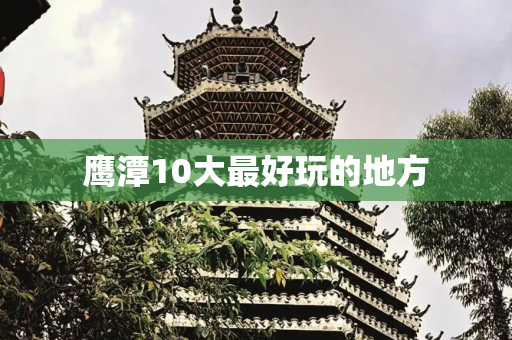


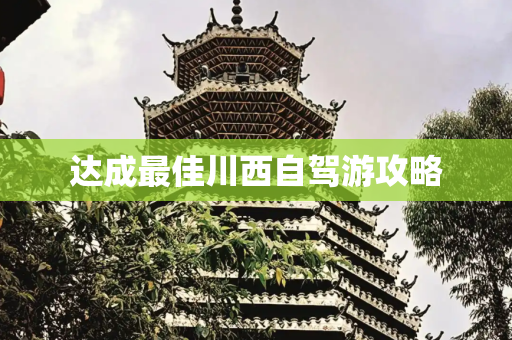
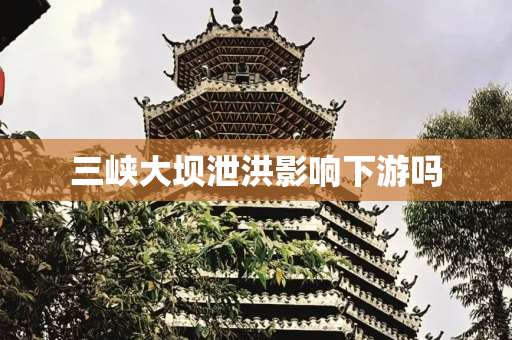

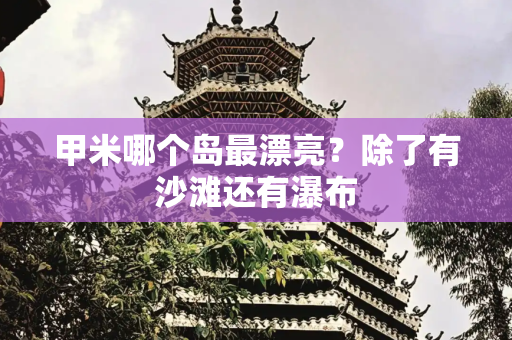
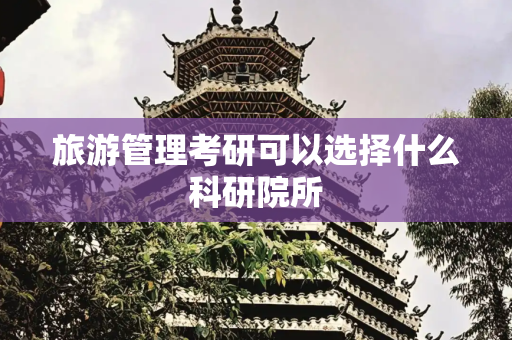
 京公网安备11000000000001号
京公网安备11000000000001号 京ICP备11000001号
京ICP备11000001号
还没有评论,来说两句吧...